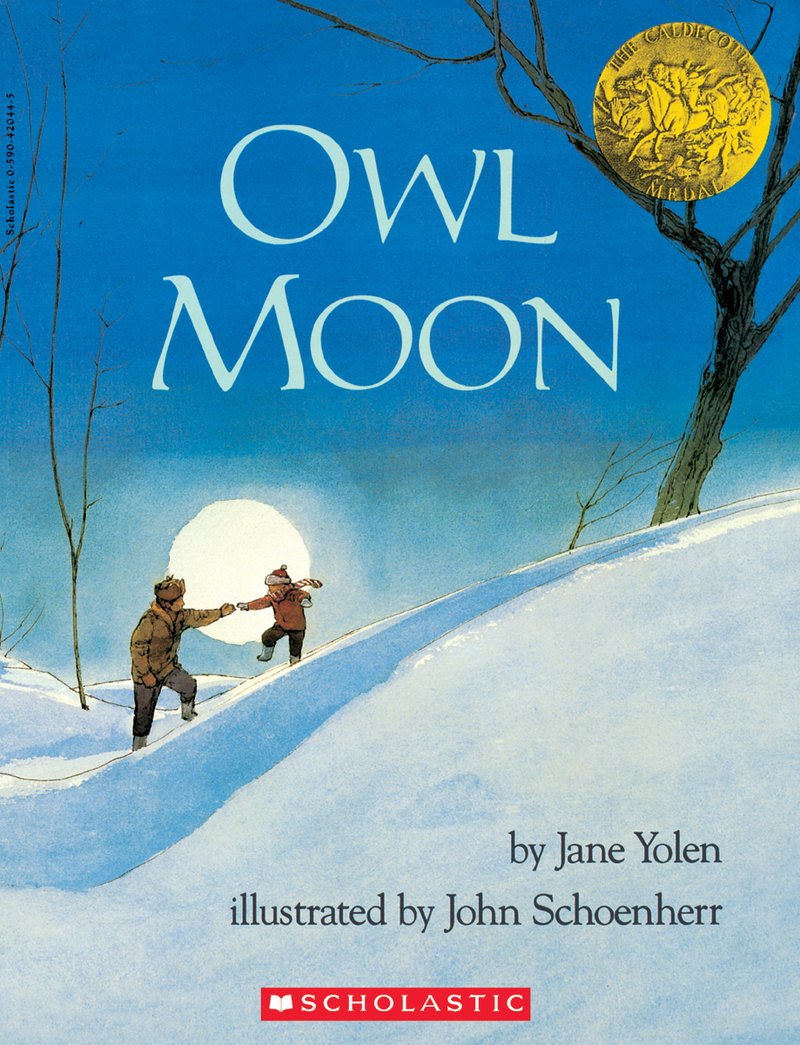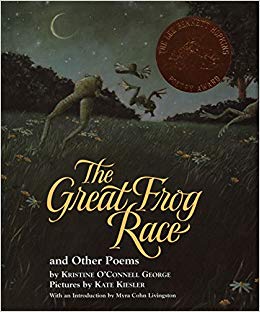Visualizing can be difficult to explain and measure with our third graders since it all happens inside the brain. Often, we try to get these thoughts on paper by having students draw what they “see” while reading, but visualizing is much more than that. It’s a form of inferring. Readers must identify and use the sensory language provided by the author to infer and imagine the experiences of the characters. This means we need to be digging deeper. We need to teach our students to analyze how and why authors are using imagery in their writing. Below are some ideas to help you take your lessons deeper.
This site has move to cultivatingcriticalreaders.com. Click here to see the updated post there.
Start with an Anchor Chart
As with any reading strategy, I like to introduce visualizing and sensory language with anchor charts. Visualizing anchor charts are essential because they make thinking visible and provide a visual reference to the most important ideas of each concept. I like to engage students in creating mini anchor charts for their interactive notebooks as well. I find that they remember the key ideas better when they create their own references.
Be sure to include that readers create mental images with all five senses when making your visualizing anchor chart. Explain that we use a mixture of our senses to create a 4-D movie in our heads based on what we read. This helps us imagine what the character is experiencing, the setting, and better understand the story.

Draw and Justify Visualizations
Having students draw what they visualize while reading is a common practice. Take it further by having the students also record the author’s language which helped them visualize. This is an important step in helping them understand how to identify sensory language.
Click here or on the photo to grab a copy for your students’ reading notebooks.
Brainstorm Sensory Language
Brainstorming descriptive words and phrases mentally prepares them for finding and identifying sensory language in the text. Plus, this helps them include more sensory language in their own writing!
Practice identifying sensory language and the senses that it appeals to through shared reading, read aloud, and independent reading. Creating these charts while reading helps the students understand how it appeals to the senses. This leads to valuable author’s craft discussions of how authors use it to create imagery in their writing.


Create a Space to Collect Sensory Language
Give your students a collective space to list and share the sensory language that they find while reading independently. This extends their practice far beyond your workshop lessons and promotes thoughtful book talks between peers.
Creating a large interactive chart is an easy way to help students share the sensory language they find. Simply have the students write the title, author, and sensory language found in the text on a Post-It Note and match it to the corresponding sense. This can be differentiated for more advanced learners (or upper grades) by requiring the students to include a short analysis of the author’s use of the sensory language. These can be shared orally at the end of reading workshop or the end of the week to clear space for others.
Write, Write, Write!
Students develop and enhance their understanding of sensory language when they use it in their own writing. Here are some possible ideas:
- Poetry is such a fun genre for this because of the creativity it allows. Sensory poems are great for seasonal and holiday displays as well! You can find the pages pictured below in a pack that brings students through the writing process here.
- Have the students write a descriptive paragraph about a place that is familiar to them using sensory language. Create a goal of how many senses they need to appeal to.
- Display a picture and have the students use sensory language to write either a descriptive paragraph or a short story about the photo. This is a great one to throw in your writing station!

Play a Game on Kahoot!
Who doesn’t love playing games at school? Kahoot is amazing because you can give valuable practice with rigorous questions in an interactive game format. The kids absolutely love it! Use it for review, practice, or as a formative assessment to see where your students are with their understanding of visualizing and sensory language. It’s completely free to join and play! Learn more about how to use and play Kahoot here.
Here’s a free review game that I created. Click here or on the image to play it with your students!

Looking to Help Your Students Understand How Figurative Language Creates Imagery?

Mentor Texts
Great mentor texts are key with any teaching reading strategy. For visualizing, it is important to choose texts that are FULL of sensory language. Check out these incredible books!

 Nightsong by Ari Berk (DRA 24, Reading Level M)
Nightsong by Ari Berk (DRA 24, Reading Level M)
This book is adorable. Chiro is a young bat just learning to find his way around using his “good sense.” It is full of sensory language that appeals to the sense of sight.
 Honey, I Love and Other Love Poems by Eloise Greenfield (DRA 24, Reading Level M)
Honey, I Love and Other Love Poems by Eloise Greenfield (DRA 24, Reading Level M)
This is one of my favorite collections of poetry. The poem “Riding on a Train” is great for visualizing. It lends itself to so many other reading strategies and skills as well, so run and get it if you don’t have a copy already!
 Hello Ocean by Pam Muñoz Ryan (DRA 30, Reading Level N)
Hello Ocean by Pam Muñoz Ryan (DRA 30, Reading Level N)
Hello Ocean is the perfect book for introducing sensory language that appeals to ALL FIVE SENSES.
 The Seashore Book by Charlotte Zolotow (DRA 34, Reading Level O)
The Seashore Book by Charlotte Zolotow (DRA 34, Reading Level O)
A mother uses sensory language in this book to help her son visualize the sea. Students love to visualize right along with him.
 Owl Moon by Jane Yolen (DRA 34, Reading Level O)
Owl Moon by Jane Yolen (DRA 34, Reading Level O)
Owl Moon is a classic. Sensory language helps readers imagine a boy’s experience as he goes “owling” with his father.
 Into the Sea by Brenda Z. Guiberson (DRA 34, Reading Level O)
Into the Sea by Brenda Z. Guiberson (DRA 34, Reading Level O)
This book is about the life of a sea turtle as she grows and learns in the sea. It is stunning.
 Bed Head by Margie Palatini (DRA 38, Reading Level P)
Bed Head by Margie Palatini (DRA 38, Reading Level P)
This over-the-top book highly engaging. The kids love it.
 The Great Frog Race and Other Poems by Kristine O’Connell George (DRA 38, Reading Level P)
The Great Frog Race and Other Poems by Kristine O’Connell George (DRA 38, Reading Level P)
This collection of poems contains imagery, sensory language, and a wide variety of poetic forms. It is just perfect.
 Silver Seeds by Paul Paolilli and Dan Brewer (Easy text)
Silver Seeds by Paul Paolilli and Dan Brewer (Easy text)
This is a beautiful collection of accessible nature poems that are full of sensory language.



